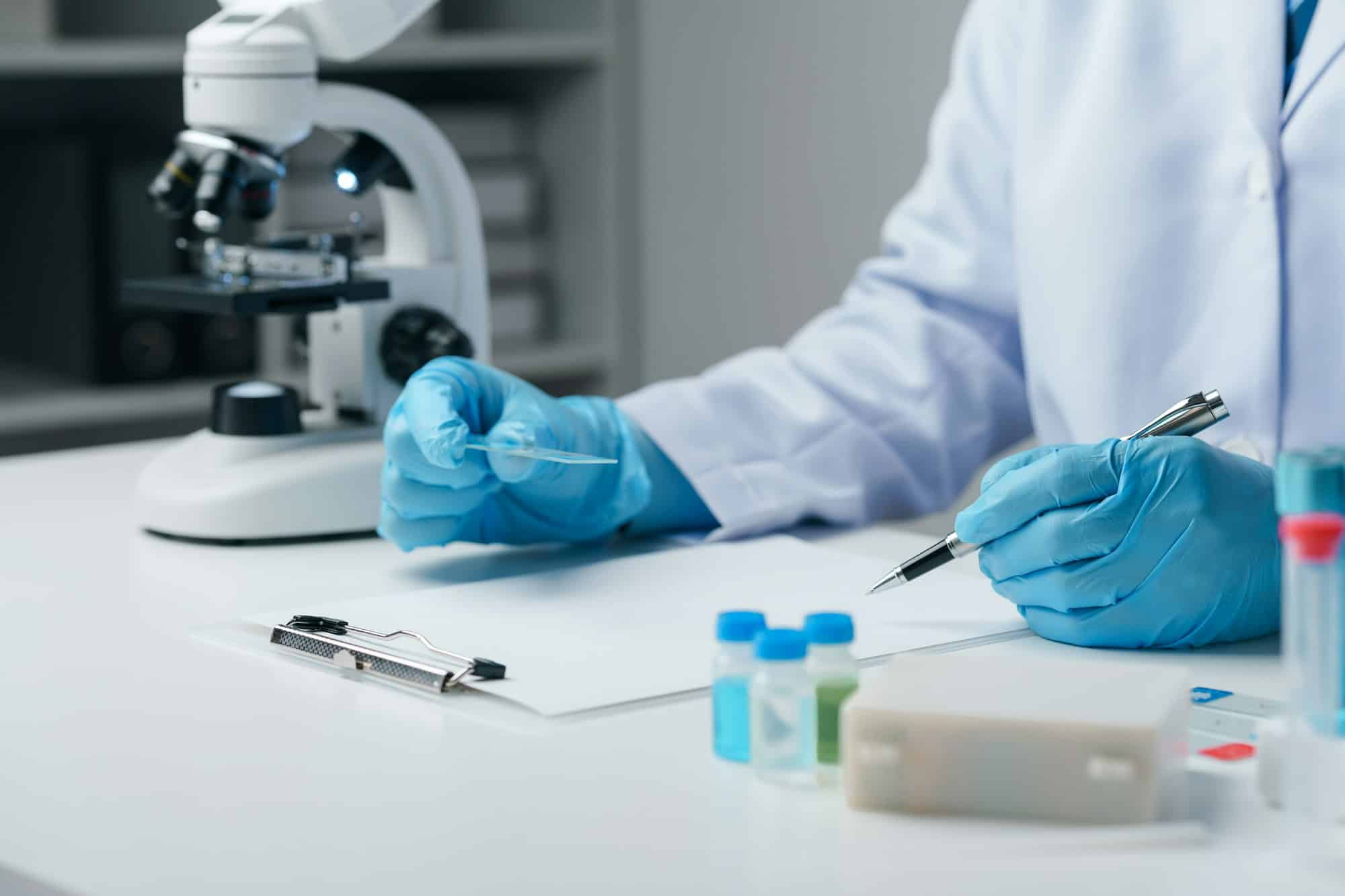How Are Nanotechnologies Being Used to Improve Drug Delivery Systems?

The evolution of nanotechnology in healthcare is transforming the landscape of drug delivery systems. As pioneers in the field continue to advance and refine nanoscale technologies, the potential for nanoparticle-focused drug delivery solutions is becoming increasingly clear.
In this article, we will explore the applications of nanotechnology in drug delivery, focusing on how nanoparticles are being used to enhance the efficacy and precision of drug delivery. We will also delve into the potential for nanotechnology to revolutionize cancer treatment and assess the future implications of this technology.
A découvrir également : What Are the Best Practices for Reducing Airborne Infections in Hospitals?
The Role of Nanoparticles in Drug Delivery
Nanoparticles play a pivotal role in the realm of drug delivery, offering a range of possibilities for medical applications.
One of the most promising applications of nanoparticles in drug delivery is in the creation of carrier systems. These are particles specifically designed to transport drugs to designated areas of the body. Given their diminutive size, nanoparticles can easily penetrate cells and tissues, delivering drugs directly to the targeted area. This specificity leads to more efficient drug use, minimizing the impact on healthy cells and reducing potential side effects.
Lire également : Can Community-Based Sports Programs Reduce Youth Crime Rates?
Nanoparticles can also be engineered to respond to certain biological stimuli, allowing for controlled drug release. For instance, some nanoparticles are designed to break down and release drugs only when they encounter specific enzymes or changes in pH levels. This ability to regulate drug release precisely is another significant advantage of nanoparticle-based delivery systems.
Liposomes: Lipid-Based Nanoparticles
Among the myriad of nanoparticles utilized in drug delivery, liposomes have garnered significant attention.
Liposomes are lipid-based nanoparticles, encapsulating drugs within their structure. The lipid surface of liposomes mimics the natural outer layer of cells, allowing them to blend with the cellular environment and deliver drugs directly to the cells.
Liposomes can also be easily modified to enhance their properties. For example, adding polyethylene glycol (PEG) to the surface of liposomes can extend their circulation time within the body, resulting in prolonged drug release. Moreover, liposomes can be engineered with specific surface markers that bind to target cells, further improving the precision of drug delivery.
Liposomal drug delivery has shown significant potential in cancer treatment. By encapsulating anti-cancer drugs within liposomes, these nanoparticles can deliver the drugs directly to cancer cells, minimizing damage to healthy tissues.
The Potential of Nanotechnology in Cancer Treatment
The application of nanotechnology in cancer treatment is a promising research area.
Nanoparticles offer the potential for targeted drug delivery, where anti-cancer drugs can be delivered directly to the tumor cells. This specificity reduces the damage to healthy cells and tissues, a common issue with conventional chemotherapy.
Additionally, certain nanoparticles can enhance the imaging techniques used in cancer diagnosis and monitoring. For instance, nanoparticles can be designed to accumulate in tumor cells and emit signals that can be detected through imaging techniques. This can help in the early detection of cancer and in monitoring the progress of treatment.
The Future of Nanoparticle-Based Drug Delivery
The future of nanoparticle-based drug delivery is promising, with extensive research and development efforts ongoing.
One exciting development is the exploration of stimuli-responsive nanoparticles. These are nanoparticles that respond to specific biological triggers, such as changes in pH, temperature, or the presence of certain enzymes, to release their drug payload.
Another area of focus is the development of multifunctional nanoparticles. These are nanoparticles that can perform several functions simultaneously, such as delivering drugs, imaging cancer cells, and releasing drugs in response to specific stimuli.
While there is still much to learn and understand about nanotechnology and its application in drug delivery, the progress made thus far is encouraging. The potential of this technology to revolutionize healthcare and improve patient outcomes is substantial.
In conclusion, nanotechnology is transforming drug delivery systems by harnessing the power of nanoparticles. From their role in delivering drugs directly to cells and releasing drugs in response to specific stimuli, to their potential in cancer treatment and future prospects, nanoparticles are truly placing drug delivery on a nanoscale.
Quantum Dots: Fluorescent Nanoparticles
A fascinating class of nanoparticles that has stirred interest in the field of drug delivery are quantum dots. Quantum dots are tiny particles, smaller than 10 nanometers in size, that are known for their unique optical and electrical properties.
Quantum dots are fluorescent nanoparticles that can emit light of different colors when exposed to light. This property makes them an excellent tool for bioimaging and tracking in drug delivery. When attached to drugs or molecules, quantum dots can illuminate the path of these substances, allowing researchers to track the drug’s location and distribution within the body.
But the capabilities of quantum dots go beyond bioimaging. These nanoparticles can also be engineered for targeted drug delivery. Similar to liposomes, quantum dots can be modified with specific markers that bind to target cells, such as cancer cells. This allows the quantum dots to deliver drugs directly to the cells, minimizing side effects and maximizing drug efficiency.
Moreover, quantum dots can also serve as a tool for gene therapy. By attaching DNA or RNA molecules to quantum dots, these nanoparticles can deliver these genetic materials to specific cells, opening doors for innovative treatments for genetic diseases.
The use of quantum dots in drug delivery is still in the experimental stage, with further research needed to address potential toxicity issues. However, the potential of quantum dots in revolutionizing drug delivery and healthcare is undeniable.
Solid Lipid Nanoparticles: A Promising Drug Delivery System
A promising addition to the array of nanoparticles used in drug delivery are solid lipid nanoparticles. These are nanoparticles composed of lipids that are solid at room and body temperature.
Solid lipid nanoparticles combine the advantages of other nanoparticle systems like liposomes and polymeric micelles, offering controlled drug release, high drug stability, low cytotoxicity, and the ability to cross the cell membrane.
One of the main advantages of solid lipid nanoparticles is their ability to improve the bioavailability of drugs. Due to their small size and lipid composition, these nanoparticles can pass through biological barriers and deliver drugs directly to cells, increasing the drug’s effectiveness.
Another key advantage is their versatility. Solid lipid nanoparticles can be used to encapsulate a wide range of drugs, from small molecules to large proteins and nucleic acids. This versatility makes them a promising tool for various medical applications, from cancer treatment to gene therapy.
The research on solid lipid nanoparticles is still ongoing. However, the results so far indicate that these nanoparticles hold great promise as an effective and safe drug delivery system.
In Conclusion: Nanotechnology’s Bright Future in Drug Delivery
The applications of nanotechnology in drug delivery are undoubtedly far-reaching. As research progresses, we can expect to see many exciting developments in this field.
From the targeted drug delivery offered by nanoparticles such as liposomes, quantum dots, and solid lipid nanoparticles, to the potential of these particles in cancer treatment and gene therapy, nanotechnology is poised to revolutionize the way we approach healthcare.
While challenges remain, such as addressing potential toxicity issues and improving our understanding of how these nanoparticles interact with biological systems, the potential benefits far outweigh these hurdles.
In conclusion, the use of nanotechnology in drug delivery offers the exciting prospect of safer, more efficient, and more targeted treatments. With further research and development, we can look forward to a future where nanotechnology plays a pivotal role in healthcare. Therefore, it is crucial to keep abreast of the developments in this exciting field, as every new free article or google scholar article published in pubmed google or doi pmc could usher in the next big breakthrough in nanoparticle-based drug delivery.
